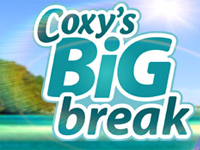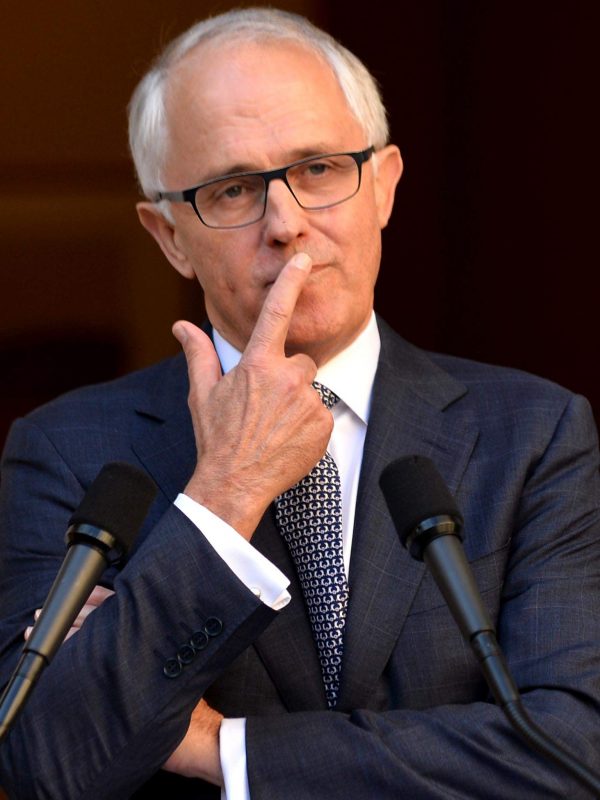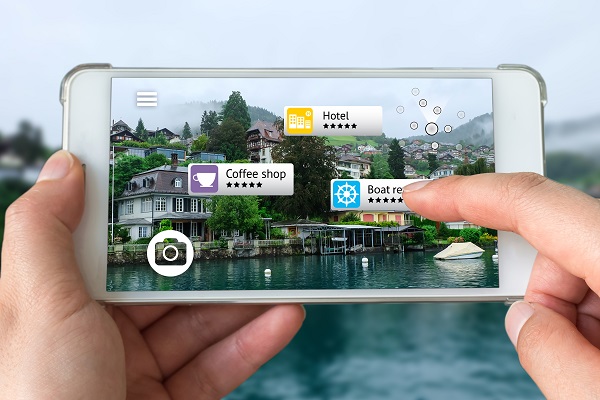
Marketing for the ages: How to attract intergenerational guests
What happens when a hotel marketer wants to attract guests from across age groups?
To speak to several demographics effectively, it helps to know the behavioural drivers of different age groups.
Step 1: Craft a targeted narrative
The smart hotel marketer must identify which pieces of a hotel’s story resonate most strongly with each demographic. It’s not enough to just pick one narrative. Success requires a targeted approach that identifies which aspects of the hotel’s offering resonate with specific demographic segments.
In addition to age, a traveller’s income is a crucial aspect of matching a narrative to demographics. It’s not just that income determines the ability to pay. Expedia found that income influences trip type, which impacts how a hotel crafts its messaging.
How traveller preferences correlate to age and income patterns should inform how a hotel targets its marketing.
We fully recognise that it’s impossible to put everyone of a certain age into a specific psychographic bucket… but here are a few key insights to guide your hotel or resort marketing by age group:
Millennials:

People in their 20s/Gen Z are surprisingly practical!
So if your hotel targets those in their early 20s, consider showing how much value your hotel product/experience provides. Focus on the Instagrammable moments at the hotel and/or in the destination. And go ahead and ask for the sale: Only 15 percent of millennials say they don’t want a hard sell from ads.
30s/40s:

This age group fractures into a variety of narratives, depending on the objective of a specific trip: business travel, intergenerational family travel, or couples’ getaways.
Pull each trip type into a standalone persona, and then market to that specific situation – you’ll find that you will highlight different parts of the property for the same consumer, depending on the qualities of a trip. And try humour: 30 percent of millennials feel that humour is important in advertising!
Over 55:

Older guests are most likely to be either retired or at least focused more on comfort and amenities than their younger brethren.
There’s also greater scepticism when it comes to emotionally-driven marketing: Only seven percent respond to heart-warming advertising.
Keep your narrative focus on the details and empower this demographic with the information they need to make an informed choice.
Also, fitness is a priority, especially for luxury resort marketers: Americans 55-plus (54 percent) are almost as likely as millennials (55 percent) to say they’ve exercised regularly in the last 12 months. Use this to your advantage!
Step 2: Match the medium to the market
Once you found the right angle, now it’s time to tell the story on the channel most suited to each demographic.
Research from Age of Majority found some obvious differences between how generations discover products and services: older generations rely on more traditional sources of information. The study also found unsurprising similarities: all ages consider friends and family as reliable sources of information.

For peak marketing effectiveness, refer to these preferences when matching your age cohort to the ideal marketing medium. Otherwise, you risk wasting good money on less effective mediums:
1. Millennials: These are more likely to see YouTube ads, bloggers and hotel social media influencers as trustworthy sources. When marketing to these demographics, consider approaches outside of e-mail, such as influencer marketing and paid social digital ads.
In addition, using video and social media continues to be an effective way to reach these age groups. Also, consider ways to make group travel easier.
Many prefer travelling with friends and want to know the experience will be easy and fulfilling.
2. 30s/40s: Whatever the context, this demographic wants to know that your hotel will provide the best experience for that trip type. Leverage user-generated content and social validation to share reviews, photos, and videos from past guests. By using your owned channels to highlight actual guest experiences, your hotel shows dedication and adaptability to a variety of trip types.
3. Over 55s: Newspapers, magazines and travel agents/experts maintain their importance for this age group. Don’t neglect these outlets in a cohesive marketing strategy! In many cases, such as for luxury stays, more traditional methods act as social proof for older consumers as they navigate the path to purchase.
Step 3: Budget your marketing investments carefully
Once you’ve determined the right medium for your target demographic, it’s time to budget. This can get very tricky and often goes against assumptions. According to Age of Majority research, a surprising 85 percent of marketers overestimate how much consumers under 35 spend. Older consumers, the richest segment, are also under-targeted.
To determine proper budget allocations, make small bets to test your assumptions. Most online advertising channels for hotels like Google pay-per-click reward advertising that converts well, as it’s an indicator that the message is well-suited for the audience and will yield higher click revenue.
Once you have granular details on which platforms convert each demographic most affordably, you can decide how to scale up your marketing.
Millennials: As we’ve seen, hotel social media works best with younger travellers. In fact, 36 percent of Gen Z has chosen a destination after seeing it on social media. This includes YouTube, which is the most trusted sources of advertising for 30 percent of Gen Z in a Generational Kinetics study.
As far as booking window, younger demographics also tend to book closer into the trip, so focus spending on ripe decision-making times.
30/40s: Marketers must take different approaches when it comes to business travel, family travel, and couples travel. Business travellers want convenience and consistency, couples prefer romance and adventure, and families seek out activities and choices.
When marketing to business travellers, loyalty marketing programs are critical.
During a business stay, promote your property for a return visit with a spouse or family, and update your pre, during, and post-stay marketing to highlight the benefits of repeat business.
Over 55s: With this group focused on living their lives to the fullest, test different messages around adventure, as well as on-property amenities. For booking windows, many older travellers book far in advance, so adjust your campaigns accordingly.
Tambourine is a US-based marketing, booking and distribution service that helps hotel and travel marketers sort it all out. It delivers a 360º program that reduces stress and increases revenue.






